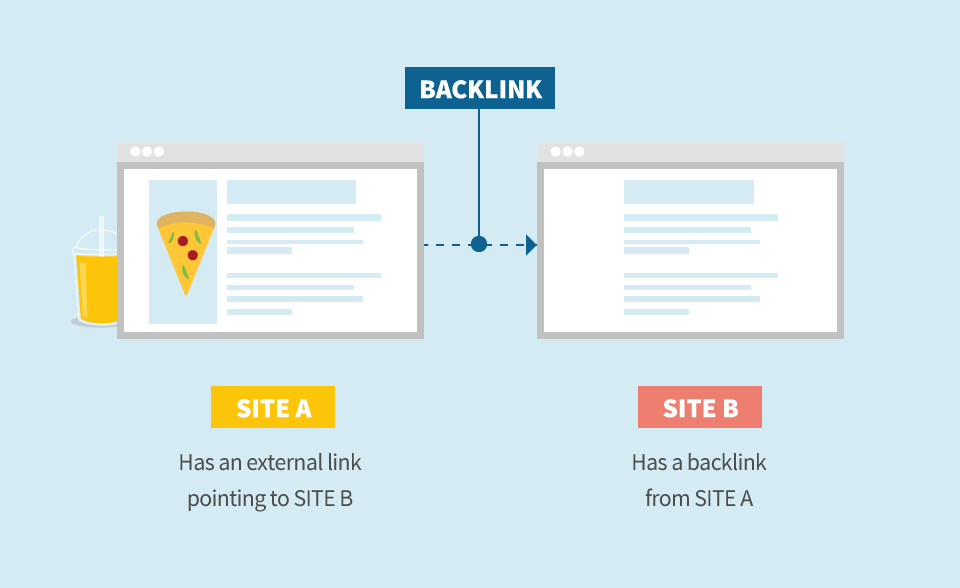During the last video call for webmasters, Google employee John Muller answered the question of whether pages with low traffic could harm the site, and clarified when to worry.
Traffic is not always a measure of quality: Google Search John Muller
The question was asked in the context of a news site, but Mueller’s answer was more general and could be useful for resources in other niches.
The question looked like this:
“We publish news and articles. For example, we have 100 new articles every day, and ten of them bring 95% of organic search traffic. The remaining 90 go nowhere. We are afraid that Google may decide that our site is only 10% interesting.
There is an idea to hide some boring local news under the noindex attribute in order to improve the overall quality of all published content. What do you think of it?”.
How Google Analyzes Website Quality
Muller first explained how Google determines the quality of a site. According to him, the search engine analyzes the content on a page-by-page basis. He is trying to understand what the site as a whole is, how well it works, and whether it will be useful to users. Does everything work as it should?
News Sites
Muller then went directly to the news sites. Here he noted that traffic is not always the indicator by which one can judge the low quality of news pages.
News articles are usually of interest to users for a short period of time. Local news most often represents a daily cut of what is happening in a particular region. Therefore, it is quite normal that they do not become very popular materials on the site. And that’s why it’s wrong to call these pages low quality.
The fact that articles are unpopular does not mean that they are of poor quality by default.
Problematic content
If the articles are written in an illiterate, complex language and poorly structured, then this already indicates quality problems.
Muller further clarified what to do if the site has higher quality and lower quality content.
For example, if the site publishes materials from a number of authors that differ in uneven quality, then Google and users will find it difficult to evaluate the resource as a whole.
To avoid such a situation, it is important to set a certain standard for quality and not to allow substandard materials for publication.
If this is not possible and UGC is an important element for a particular resource, then it is worth considering the use of the noindex attribute on these pages.
However, in the case of a news site – provided that all the articles are well written – it is not recommended to implement any locks. The rapid decline in user interest in publications in this niche is quite natural.
“This is not low-quality content. This is just less popular content, ”said Muller.
Thus, if the reason is the quality of the content itself, then blocking is appropriate. If low traffic is associated with the specifics of the site (as is the case with news resources), then noindex is not necessary.
You can listen to the question to Müller and his answer to it in the video below:









